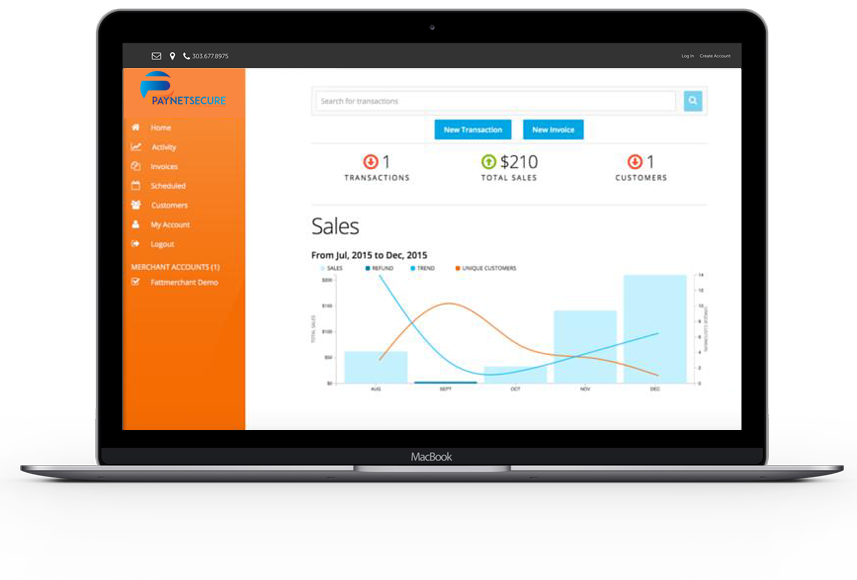Payment Processing for SaaS Providers
SaaS billing is effective for stabilizing cash flow and providing a predicable income stream. But, as is the case with any recurring payments model, SaaS providers must be concerned with recurring billing revenue leakage.
The biggest cause of loss of revenue from recurring billing is card declines. During each recurring payments billing cycle, many cards used for recurring payments are declined. A declined recurring payment transaction means there is no money realized for that transaction, which endangers cash flow.
Recurring Payment Card Declines are Expensive
Jupiter Research reports that almost 30% of consumers have had a card reissued in the past year due to security breaches. In addition, cards can be replaced due to upgrades or expiration dates on cards can simply expire.
Whatever the reason for a recurring payment card decline, the loss of income has serious repercussion for any SaaS solution provider. In addition to the lost revenue for the service, companies have the additional costs associated with obtaining updated recurring payment card information from the customer in order to rerun the transaction.
But, just as importantly, each contact a SaaS solution provider makes with a customer for updating recurring payment card information provides an unnecessary opportunity for the customer to cancel the service. Manual intervention for updating recurring payment card information can creates a risk of losing the customer, reducing the average lifetime value of a customer to the SaaS provider.
Protect SaaS Billing Recurring Payments
How can a SaaS solution provide company avoid contacting consumers to update payment processing information? It’s easy with the smart use of technology.
Automatic account updating is specialized payment processing technology for recurring payments. The technology allows SaaS providers to transform 50-70% of declined recurring payment transactions into authorized recurring payments.
If a recurring payment card transaction is declined, updated card information is automatically retrieved from the issuing bank. Records are updated and the declined recurring payment transaction is resubmitted for authorization. This is an automated process and requires no intervention from the SaaS provider. There no need for manual intervention of any kind.
Conclusion
Recurring billing models stabilize cash flow for SaaS providers. But updated card data is necessary for recurring billing transactions to be approved.
Automated updating services reduce the time & expense required to keep payment information current. Only a few payment processors offer the service. The updating service is available for SaaS providers that process high volumes of transactions monthly..
How are you updating recurring billing card data?
Contact info@paynetsecure.net today
